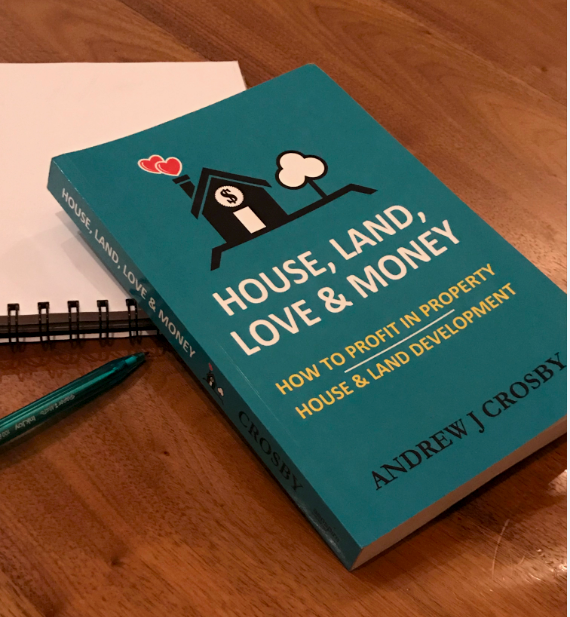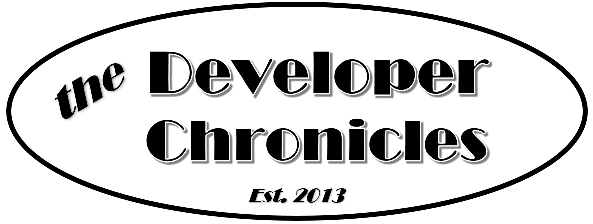We introduce the concept of the effective real estate neighbourhood. This neighbourhood can be different to established political, postcode or school boundaries. It is an area or collection of areas which is very comparable (as far as real estate attractiveness to your target market) to your site’s specific location. Using your effective real estate neighbourhood prevents you assuming a target market and buyer profile that actually does not see your location as being in the neighbourhood.
A whole town may represent the effective real estate neighbourhood if all the houses are very similar and there are few features that differentiate one part of town from another. In contrast, if your site is located in a gentrifying urban area on the fringe of a city centre — where everything is changing from old houses to new terraces — then your effective real estate neighbourhood may include all the city fringe areas that are experiencing similar gentrification. For some locations the effective real estate neighbourhood may be difficult to define, especially if there are no dominant characteristics. However, the deeper you dig and the wider perspectives you take you will find some discernible comparators to define your boundary. For example, if your site is in a location where it changes from a mixture of apartments and small homes to larger leafy streets and large homes, but all in the same school zone, this could be an indicator to look at other parts of surrounding suburbs that have similar variability in the same quality school zone. You may have to accept that your neighbourhood has so much variability that you need to consider a range of buyer profiles.
You may also discover that your effective neighbourhood is not one contiguous area. If your site’s location has no particular unique characteristics from other similar areas around town, this may point to your effective real estate neighbourhood being a collection of separate but similar areas. If your site is a greenfield on the edge of town where everything is new and next to a shopping centre then you may have to compare yourself to other new greenfield locations near city limits with similar shopping amenity and socio-economic populations.
Different factors will help you define your effective real estate neighbourhood:
- Are you in a particular school zone or combination of school zones?
- What is the defining geography, like hills or a river, that physically define the neighbourhood?
- Are you on the sunny slopes or the shady ones?
- Do you have views equal to others in your neighbourhood or are you in a gully?
- How do transport links, like the motorway or train tracks, affect the neighbourhood?
- Is your site on the right side of the train tracks?
- What is the proximity to key amenities like a park, a shopping centre, a high street or the central city?
- Are you close to the amenity or are you at the edge of your neighbourhood?
- Is your site surrounded by expensive homes or cheaper ones?
- Are the homes all very similar near your location or is it highly variable with a mixture of apartments and homes?
- Are you surrounded by leafy green streets lined with trees or is your street more urban?
- Are you surrounded by commercial or light industrial compared to others?
- Is your site in an established older area, a new area or a mix of both?
- Do the same planning and zoning opportunities exist for your site compared with your effective neighbourhood?
- Are there significant negatives like a busy intersection or rundown neighbouring streets?
- Are there similar demographic profiles comparably strong in other areas which you may need to include?
The effective real estate neighbourhood is a conceptual construct, so you think about your target market in terms other than just those people who want to live in your suburb. You are looking to identify the potential people who would be interested in your location, and they may have alternative options to your suburb, or never previously considered your suburb. Demographic profiles and trends help you to refine your boundaries.

